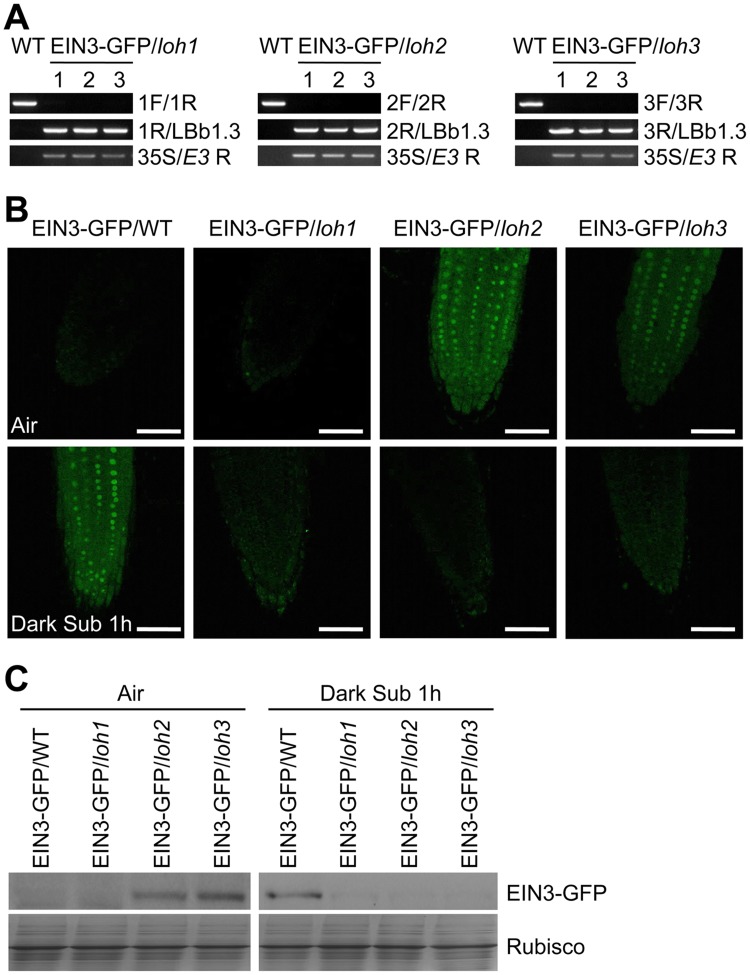Fig 8. Stabilization of EIN3-GFP protein by endogenous ceramides catalyzed by ceramide synthases in the loh mutants.
(A) Genotyping of the EIN3-GFP/loh1, EIN3-GFP/loh2 and EIN3-GFP/loh3 plants by PCR. The loh1, loh2 and loh3 mutants were crossed to the EIN3-GFP/WT line, and named EIN3-GFP/loh1, EIN3-GFP/loh2 and EIN3-GFP/loh3, respectively. Genomic DNAs extracted from wild type (WT), EIN3-GFP/loh1, EIN3-GFP/loh2 and EIN3-GFP/loh3 were amplified using the primer pairs indicated on the right. (B) EIN3-GFP signal in the root tip cells of 7-d-old EIN3-GFP/WT, EIN3-GFP/loh1, EIN3-GFP/loh2 and EIN3-GFP/loh3 lines under normal growth conditions (Air) and after dark submergence treatment for 1 h (Dark Sub 1h). Experiments have been repeated with similar results. Bars = 50 mm. (C) Immunoblot analysis showing the levels of EIN3-GFP protein in EIN3-GFP/WT, EIN3-GFP/loh1, EIN3-GFP/loh2 and EIN3-GFP/loh3 lines before and after submergence. One-week-old seedlings were untreated or treated by light submergence for 1 h. Anti-GFP antibodies were applied for blotting. Coomassie blue-stained total proteins (Rubisco) are shown on lower panels to indicate the amount of protein loaded per lane.

